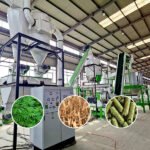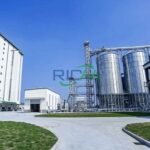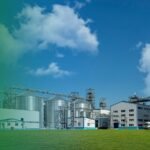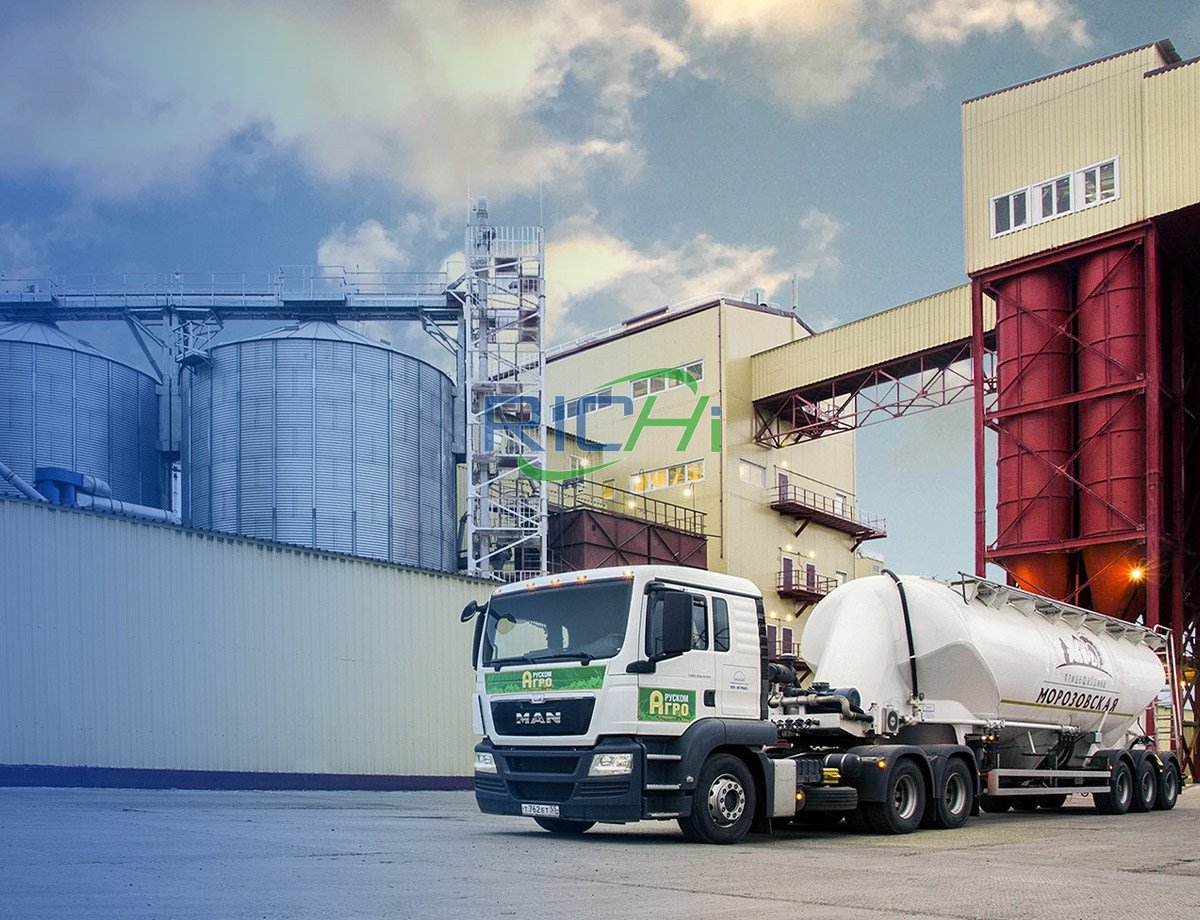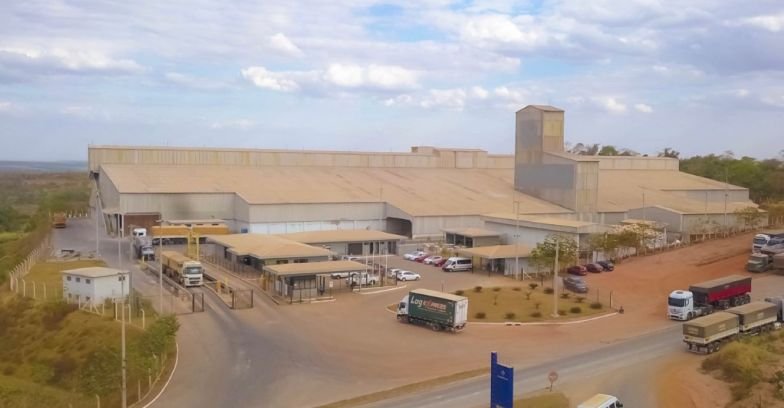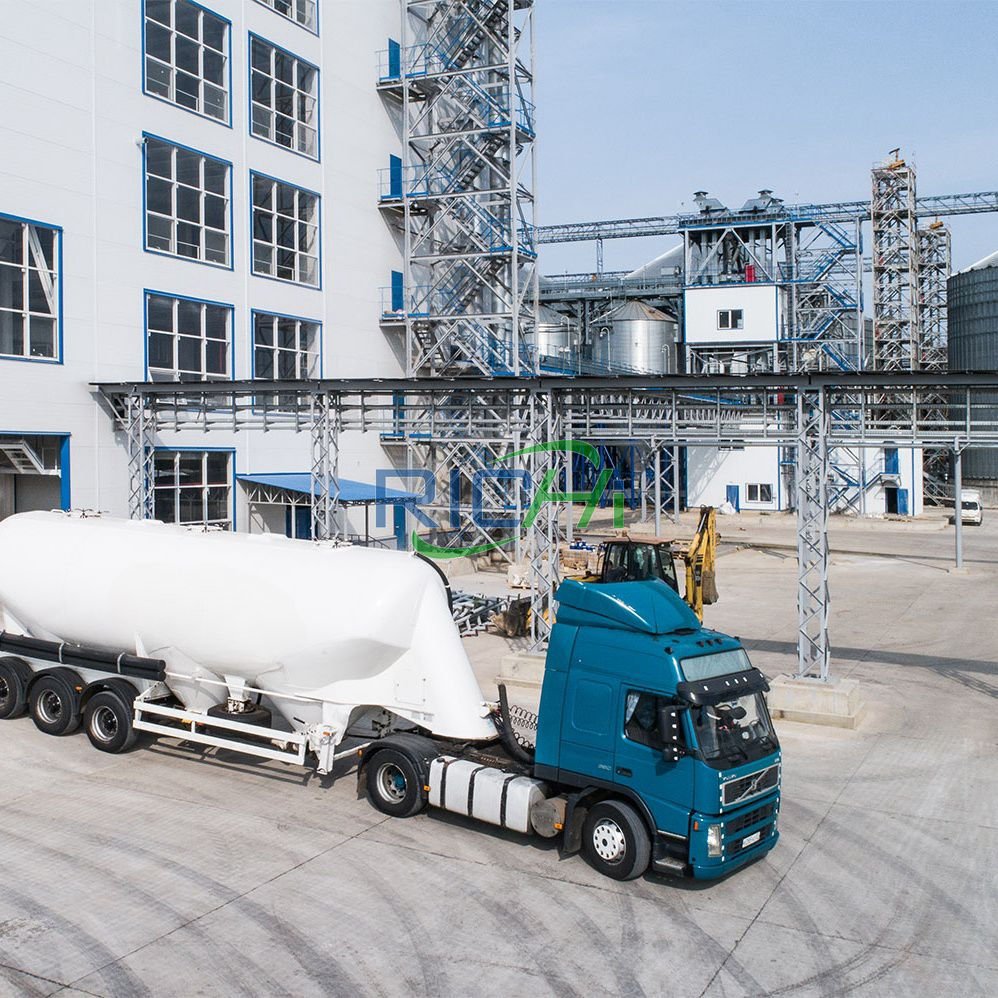The commissioning of an animal feed making machine marks a critical phase in the lifecycle of the equipment. However, the successful installation and initial operation are just the beginning. To ensure the long-term stable operation of an animal feed making machine, particularly one with a capacity of 15 t/h, it is essential to implement a comprehensive strategy that encompasses maintenance, operator training, quality control, and continuous improvement. This article outlines key practices to maintain the efficiency and reliability of the machine over time.
1. Regular Maintenance
Routine maintenance is vital for preventing breakdowns and ensuring the machine operates at peak efficiency.
- Scheduled Maintenance: Establish a maintenance schedule based on the manufacturer’s recommendations. This schedule should include regular inspections, lubrication of moving parts, and replacement of worn components. Key areas to focus on include the pellet mill die, rollers, and bearings.
- Preventive Maintenance: Implement preventive maintenance practices to identify and address potential issues before they escalate. Regularly check for signs of wear, unusual noises, or vibrations that may indicate a problem.
- Cleaning Protocols: Develop cleaning protocols to remove dust, debris, and feed residues from the machine. Keeping the equipment clean helps prevent contamination and ensures smooth operation.
2. Operator Training
Well-trained operators are essential for the efficient and safe operation of the animal feed making machine.
- Comprehensive Training Programs: Provide thorough training for operators covering machine operation, safety protocols, and maintenance procedures. This training should include hands-on experience with the equipment.
- Safety Awareness: Emphasize the importance of safety in the workplace. Operators should be familiar with emergency procedures, including how to shut down the machine quickly in case of an emergency.
- Continuous Education: Offer ongoing training and refresher courses to keep operators updated on best practices and any new technologies or procedures that may be implemented.
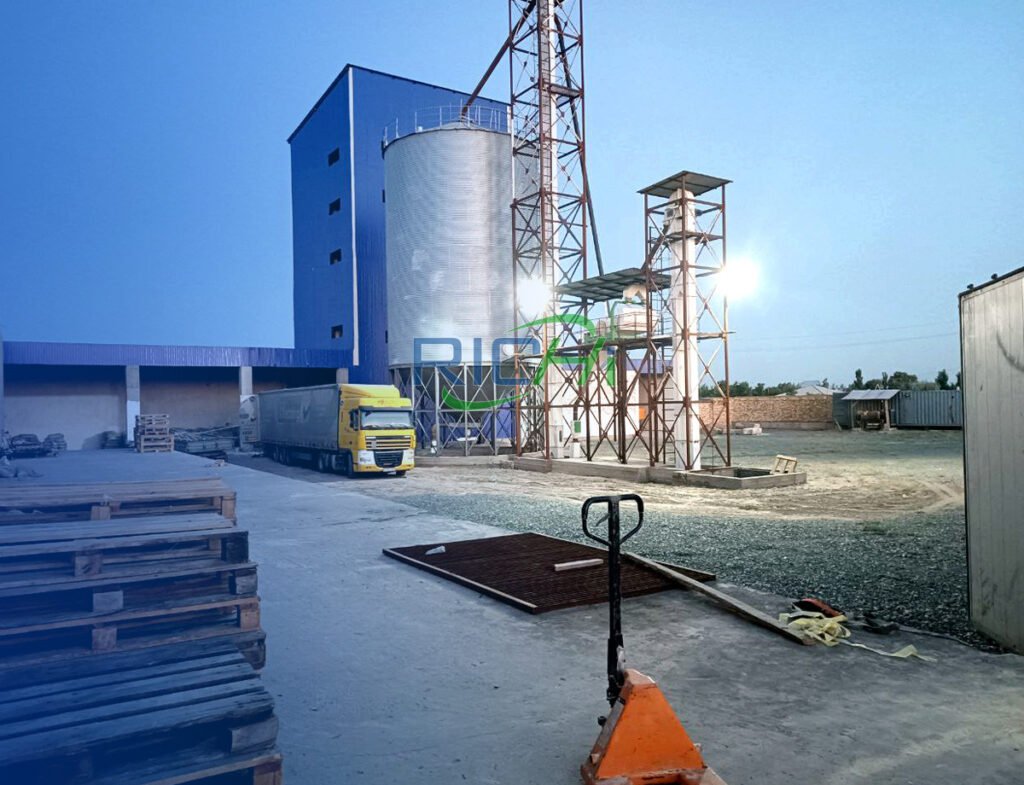
3. Quality Control
Maintaining consistent quality in the feed produced is crucial for the health of the livestock and the reputation of the feed manufacturer.
- Raw Material Quality: Ensure that only high-quality raw materials are used in the production process. Implement a system for inspecting and testing raw materials upon arrival to prevent contamination and ensure nutritional adequacy.
- Monitoring Production Parameters: Regularly monitor key production parameters, such as moisture content, particle size, and mixing uniformity. Adjust settings as needed to maintain the desired quality of the final product.
- Feedback Loop: Establish a feedback loop with operators and quality control personnel to identify any issues with feed quality. This information can be used to make timely adjustments to the production process.
4. Performance Monitoring
Implementing performance monitoring systems can help identify inefficiencies and areas for improvement.
- Data Collection: Use data collection systems to track key performance indicators (KPIs) such as production output, energy consumption, and downtime. Analyzing this data can help identify trends and areas for optimization.
- Real-Time Monitoring: Consider investing in real-time monitoring systems that provide instant feedback on machine performance. This allows operators to make quick adjustments and address issues before they affect production.
- Regular Audits: Conduct regular audits of the production process to assess efficiency and identify opportunities for improvement. This can include reviewing maintenance logs, production data, and quality control reports.
5. Spare Parts Management
Having a well-managed spare parts inventory is essential for minimizing downtime and ensuring smooth operations.
- Critical Spare Parts Inventory: Maintain an inventory of critical spare parts that are prone to wear and tear, such as belts, bearings, and seals. This ensures that replacements are readily available when needed.
- Supplier Relationships: Establish strong relationships with suppliers to ensure quick access to spare parts and support. This can help reduce lead times for obtaining necessary components.
- Inventory Management System: Implement an inventory management system to track spare parts usage and reorder levels. This helps ensure that critical components are always in stock.
6. Environmental Considerations
Addressing environmental impacts is increasingly important in the animal feed industry.
- Dust Control Measures: Implement dust control measures, such as dust collection systems, to minimize airborne particles generated during processing. This improves air quality and reduces health risks for workers.
- Waste Management: Develop a waste management plan to handle by-products and waste generated during production. This can include recycling programs for packaging materials and utilizing by-products in other applications.
- Sustainability Practices: Consider adopting sustainable practices, such as energy-efficient technologies and renewable energy sources, to reduce the environmental footprint of the feed production process.
7. Continuous Improvement
Fostering a culture of continuous improvement can help ensure the long-term stability of the animal feed making machine.
- Encourage Innovation: Encourage operators and staff to suggest improvements to processes and equipment. This can lead to valuable insights and innovations that enhance efficiency and productivity.
- Stay Updated on Industry Trends: Keep abreast of developments in the animal feed industry, including new technologies and best practices. This knowledge can inform decisions about equipment upgrades and process improvements.
- Regular Reviews: Conduct regular reviews of operational performance and maintenance practices to identify areas for improvement. Setting measurable goals can help track progress and motivate staff.
Conclusion
Ensuring the long-term stable operation of a 15 t/h animal feed mill machine requires a comprehensive approach that encompasses regular maintenance, operator training, quality control, performance monitoring, spare parts management, environmental considerations, and continuous improvement. By implementing these strategies, feed manufacturers can maximize the efficiency and reliability of their equipment, reduce downtime, and maintain high-quality feed production.Investing time and resources into these practices not only enhances the performance of the animal feed making machine but also contributes to the overall success and sustainability of the feed manufacturing operation. As the demand for high-quality animal feed continues to grow, prioritizing these factors will be essential for remaining competitive in the market.
For details please contact: pellet maker
WhatsApp:86 138 3838 9622
Email:enquiry@richipelletmachine.com


